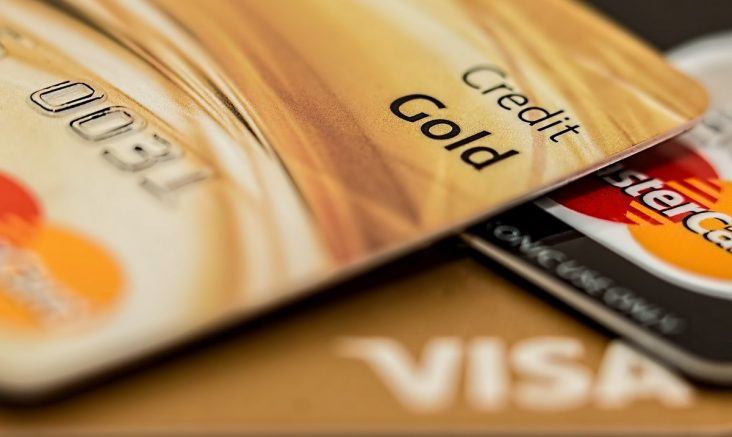U.S. retail sales, inflation rise in February
by March 12, 2024 2:27 pm 370 views

The National Retail Federation (NRF) said consumers continued to spend on goods and services in February pushing retail sales up 6.3% from a year ago. Inflation rose 3.2% during the month, according to the U.S. Bureau of Labor Statistics.
When adjusting the year-over-year results and factoring in the extra day for the leap year, retail sales increased just 2.3% and did not grow over the inflation rate. Core retail sales that excluded restaurants, autos and gasoline, rose 6.7% unadjusted.
Most of the core retail categories saw improved sales over a year ago. Online sales were up 18.08% and lead the growth. Sporting goods, hobby and music sales increased 13.67% year over year. Health and personal care sales rose 11.18% from a year ago. BLS reports prices among health products were 2% higher year over year.
Apparel sales were up 8.05% from a year ago. Analysts have predicted a lift in consumer discretionary spending on clothes and accessories as spring approaches and a warmer winter is helping push those sales earlier this year, according to NPD Group. The BLS reported apparel prices were flat compared to a year ago.
Grocery prices rose 5.29% year over year, according to the NRF, while grocery inflation rose 2.2% in February from a year ago with slightly higher prices for cereals, fruits and vegetables and bakery products. Meat, dairy and egg prices held flat. Beverage prices were 1.7% higher year over year.
NRF reports general merchandise sales rose 3.34% from a year ago and garden and building supply prices increased 2.84%. Electronics sales increased 1.12% year over year while furniture sales fell 1.56% from a year ago.
A report from Numerator tracked consumer sentiment toward spending in February. The report found consumer confidence ticked higher with an increased comfort in discretionary spending. The survey found that 27% of respondents indicated difficulty in finding employment, and 47% said their household financial circumstances were very good.
Higher retail sales were supported by 38% of consumers who were comfortable with more discretionary spending in February, Numerator reported. That contrasts with 43.6% who said they use coupons or discounts provided by retailers and 45.3% who said they are cooking at home to save money. One in five consumers said they don’t have extra cash to save because of higher living costs. Of those consumers who do have extra money, 36% are paying down debt and 32% are saving for vacation.
Numerator said a majority of consumers feel neutral to optimistic about their household finances in the next six months. The report found 25% are optimistic about household finances this year with 53% expecting more of the same. Just 22% expect their financial situations to worsen this year.
NRF Chief Economist Jack Kleinhenz reported March 1 that the U.S. economy’s strength rests heavily on household spending and all eyes are on how consumers will respond in the next few months to milder inflation.
“While inflation is down from its peak, it has slowed less than expected and is still an important problem that remains to be solved,” he said. “The persistent strength in services spending and inflation in the service sector strongly suggest that the Fed will likely be cautious about rate cuts.”
